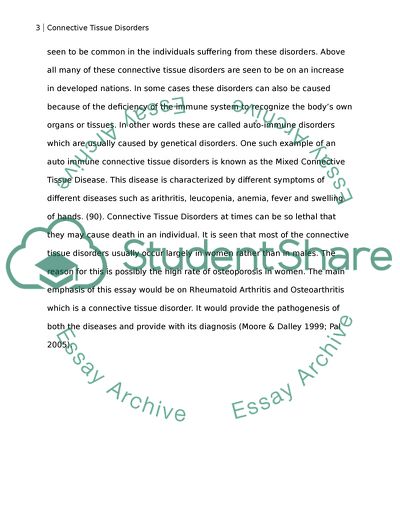Cite this document
(Connective Tissue Disorders in Rheumatoid Arthritis and Osteoarthritis Case Study, n.d.)
Connective Tissue Disorders in Rheumatoid Arthritis and Osteoarthritis Case Study. Retrieved from https://studentshare.org/health-sciences-medicine/1738052-connective-tissue-disorders-in-rheumatoid-arthritis-and-osteoarthritis
Connective Tissue Disorders in Rheumatoid Arthritis and Osteoarthritis Case Study. Retrieved from https://studentshare.org/health-sciences-medicine/1738052-connective-tissue-disorders-in-rheumatoid-arthritis-and-osteoarthritis
(Connective Tissue Disorders in Rheumatoid Arthritis and Osteoarthritis Case Study)
Connective Tissue Disorders in Rheumatoid Arthritis and Osteoarthritis Case Study. https://studentshare.org/health-sciences-medicine/1738052-connective-tissue-disorders-in-rheumatoid-arthritis-and-osteoarthritis.
Connective Tissue Disorders in Rheumatoid Arthritis and Osteoarthritis Case Study. https://studentshare.org/health-sciences-medicine/1738052-connective-tissue-disorders-in-rheumatoid-arthritis-and-osteoarthritis.
“Connective Tissue Disorders in Rheumatoid Arthritis and Osteoarthritis Case Study”. https://studentshare.org/health-sciences-medicine/1738052-connective-tissue-disorders-in-rheumatoid-arthritis-and-osteoarthritis.


